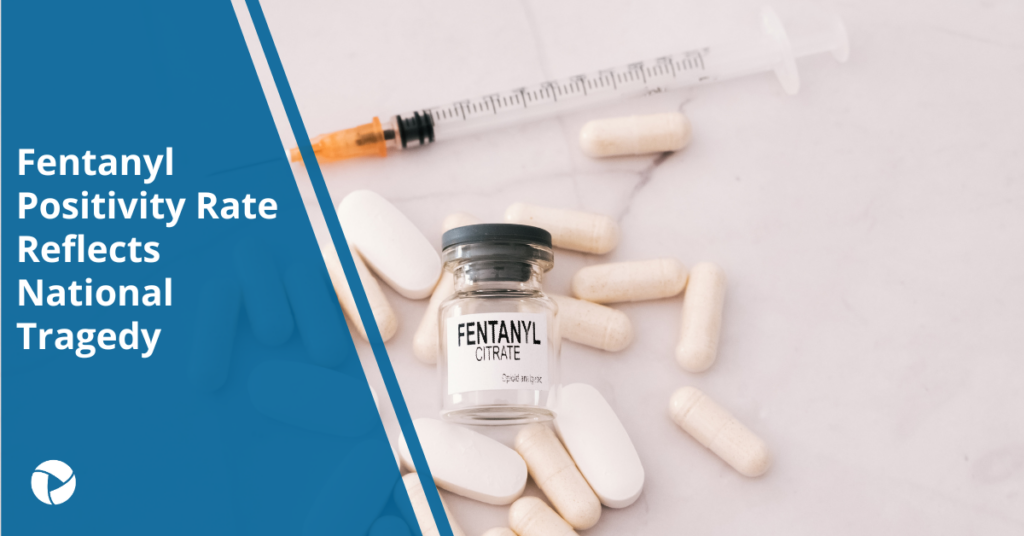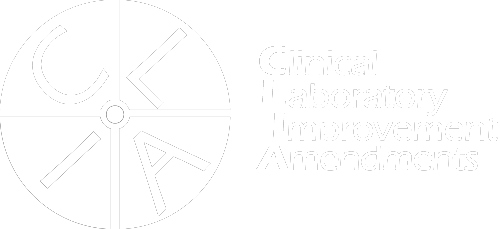It takes just a quick scan of the headlines to see the consequences of drugs and alcohol.
Every five minutes, someone in the United States dies from a drug overdose or poisoning, according to recent congressional testimony from Dr. Rahul Gupta, director of the White House Office of Drug Control Policy (ONDCP).
And for every fatal overdose, he says, nearly 14 non-fatal overdoses are reported by the nation’s emergency departments.
While the numbers may be improving – the Centers for Disease Control and Prevention released provisional data in July showing overdoses flattening – the tragic truth remains.
Drugs and alcohol kill.
Most deaths are caused by illicit synthetic drugs, especially clandestinely manufactured fentanyl, often used in combination with other drugs such as cocaine, heroin, and the latest, Xylazine. Our last blog detailed emerging drug trends that lead to deadly results.
Increase in Fentanyl Positivity Rates
Every year, Averhealth tests millions of specimens from 550,000 active clients in 2,700 court programs, probation departments, and social service agencies nationwide.
The positivity rates of multiple categories of drugs and alcohol tested by Averhealth rose substantially in 2022, led by fentanyl, which more than doubled nationwide from a year earlier.
Let’s take a closer look at fentanyl’s impact based on anonymous drug-testing results.
Nationwide, fentanyl showed a positivity rate of 6.6 percent. This is up by 254 percent from the 2.6 percent positivity rate in 2021 and similar numbers the prior three years:
| Fentanyl positivity rate | 2019 | 2020 | 2021 | 2022 |
| 2.4% | 2.7% | 2.6% | 6.6% |
The positivity rate varied by region. Here’s the rundown:
Great Lakes Region
(Illinois, Indiana, Iowa, Michigan, Minnesota, Ohio, West Virginia, Wisconsin)
The fentanyl positivity rate of 7.7 percent is an increase of 275 percent from the year earlier:
| 2019 | 2020 | 2021 | 2022 | |
| Fentanyl positivity rate | 3.5% | 3.4% | 2.8% | 7.7% |
Northeast Region
(Connecticut, Maine, Maryland, Massachusetts, New Hampshire, New Jersey, New York, Pennsylvania, Rhode Island, Vermont)
The positivity rate of fentanyl in the Northeast rose to 10.2 percent – the highest in the nation. That’s nearly four times more than in 2019:
| 2019 | 2020 | 2021 | 2022 | |
| Fentanyl positivity rate | 2.4% | 2.8% | 2.6% | 10.2% |
South Central Region
(Arkansas, Kansas, Mississippi, Missouri, Louisiana, New Mexico, Oklahoma, and Texas)
Fentanyl positivity rates in this region were the lowest but the rate has increased substantially
over the past few years:
| 2019 | 2020 | 2021 | 2022 | |
| Fentanyl positivity rate | 0.4% | 0.5% | 1.5% | 2.3% |
Southeast Region
(Alabama, Florida, Georgia, Kentucky, North Carolina, South Carolina, Tennessee, Virginia)
The Southeast saw a positivity rate of 2.4 percent – low compared to other regions but still up
year over year.
| 2019 | 2020 | 2021 | 2022 | |
| Fentanyl positivity rate | 0.7% | 1.6% | 2.0% | 2.4% |
West Region
(Arizona, California, Colorado, Idaho, Montana, Nebraska, Nevada, North Dakota, Oregon, South Dakota,
Utah, Washington, Wyoming)
In the West, the fentanyl positivity rate has nearly doubled over the past few years with a rate of 6.3 percent.
| 2019 | 2020 | 2021 | 2022 | |
| Fentanyl positivity rate | 3.7% | 3.7% | 5.2% | 6.3% |
Averhealth compiled the data from its propriety, web-based application, Aversys, which provides real-time statistics to treatment courts, probation offices, and treatment providers. This annual report – reflecting national trends and tragedy – reminds us to redouble our collective efforts to combat substance use through testing, education, counseling, and support.
Contact us to learn more about drug trends. And be sure to check out our Knowledge Hub for resources about drugs and drug testing.



